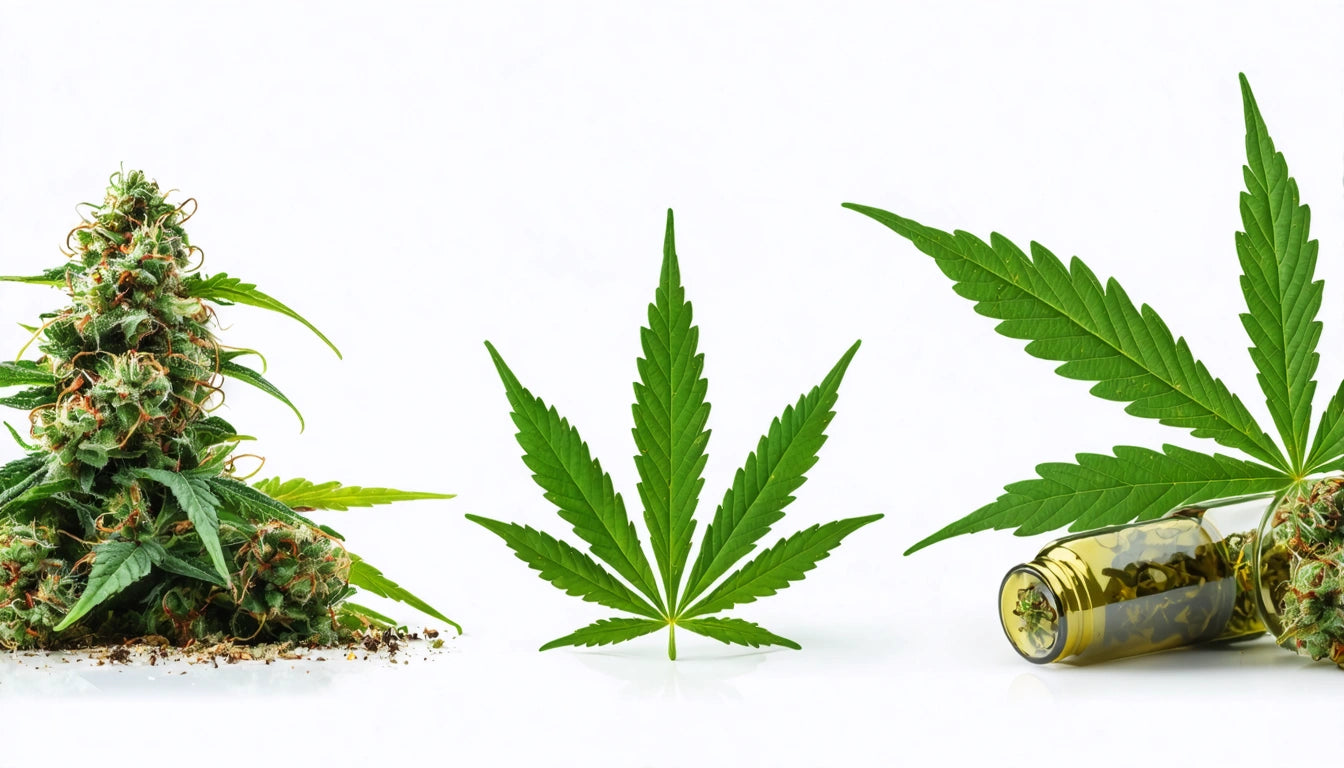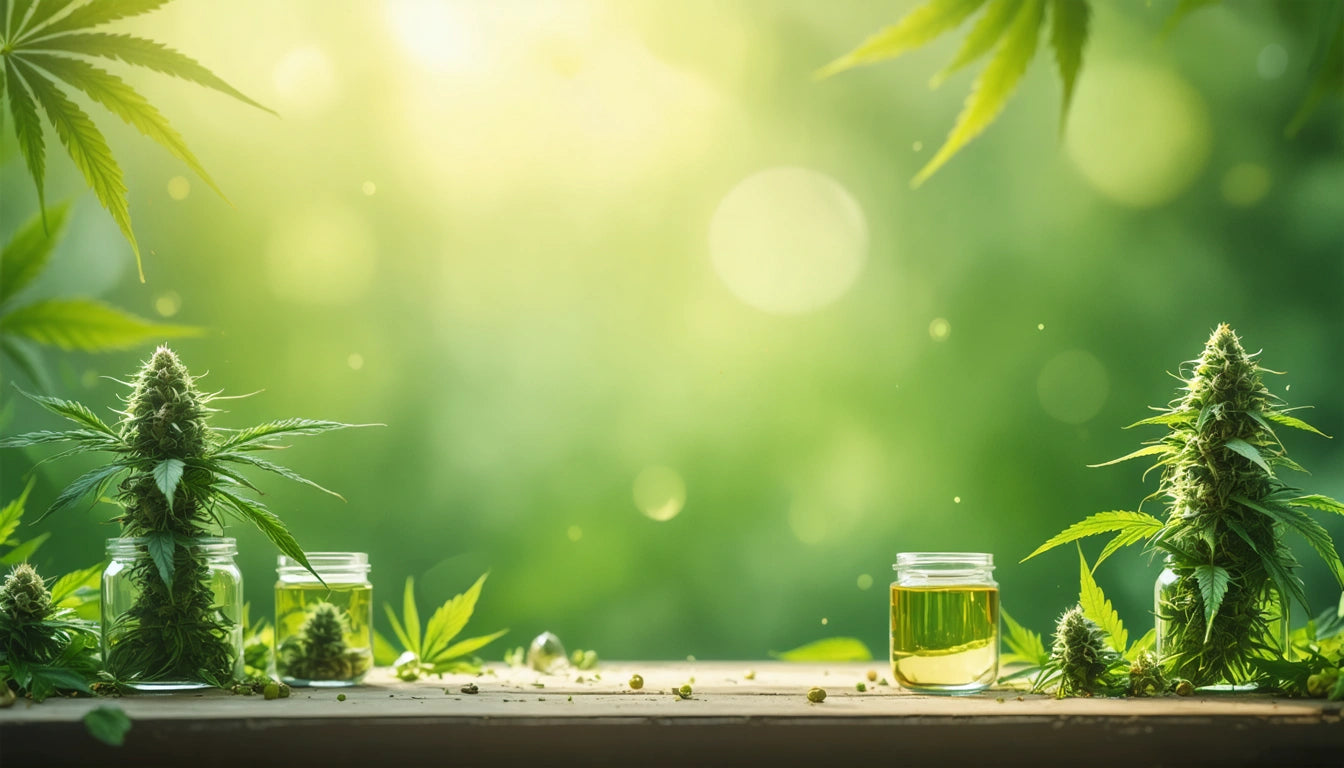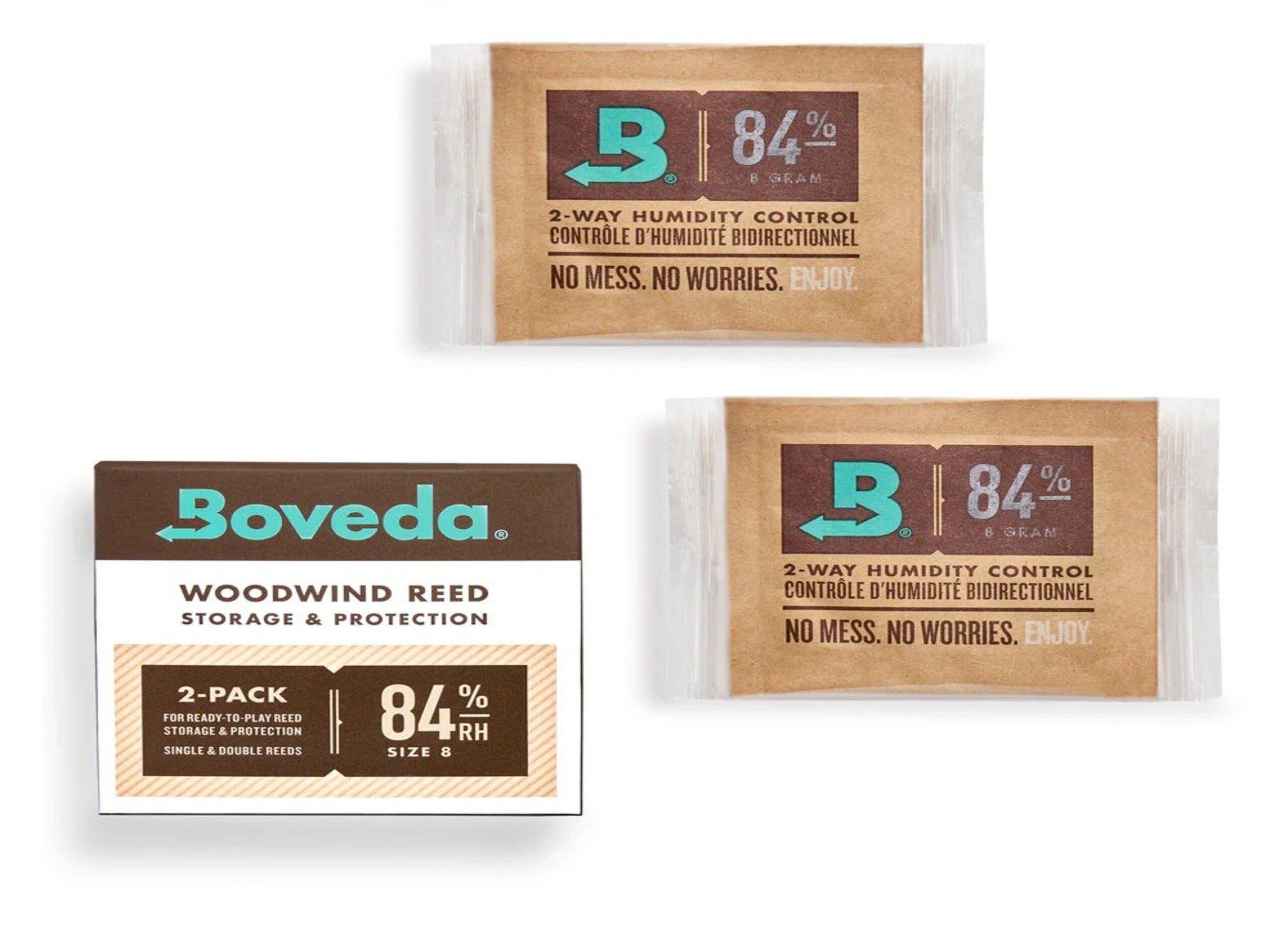Table of Contents
Cannabis and hemp are often discussed interchangeably, but they represent distinct varieties of the Cannabis sativa plant with significant legal, chemical, and practical differences. Understanding these distinctions is crucial for consumers, businesses, and regulators navigating the complex cannabis marketplace.
The Legal THC Distinction: The 0.3% Threshold
The primary legal difference between cannabis and hemp centers on THC (tetrahydrocannabinol) content. Hemp is legally defined as Cannabis sativa containing no more than 0.3% THC by dry weight, while cannabis (often called marijuana) exceeds this threshold. This seemingly small chemical distinction carries enormous legal implications.
This 0.3% threshold was established by the 2018 Farm Bill, which federally legalized hemp production in the United States. The legislation created two distinct legal categories: hemp (legal federally) and marijuana (regulated at the state level and still federally illegal).
For consumers wondering about the effects of each, understanding the difference between THC and CBD provides important context about how these plants affect the body.
Botanical Differences Between Hemp and Cannabis
Beyond chemical composition, hemp and cannabis plants often display distinct physical characteristics:
- Hemp plants are typically taller and skinnier with fewer flowering buds
- Cannabis plants are bushier with dense, resin-covered flowers
- Hemp has a faster growing cycle (108-120 days) compared to some cannabis varieties
- Hemp stalks contain strong fibers, while cannabis is cultivated primarily for its flowers
These botanical differences reflect their divergent cultivation purposes. Hemp has historically been grown for industrial applications, while cannabis varieties have been selectively bred to maximize cannabinoid production in the flowers.
Cultivation Methods and Growing Requirements
The cultivation approaches for hemp and cannabis differ significantly based on their intended uses:
Hemp Cultivation
Hemp is often grown in large, densely planted outdoor fields. Male and female plants are typically grown together, as both have commercial value. Hemp is relatively hardy and can thrive in various soil conditions with minimal pesticides.
Cannabis Cultivation
Cannabis cultivation focuses on flower production and typically involves:
- Carefully controlled indoor or greenhouse environments
- Removal of male plants to prevent fertilization of female flowers
- Specific lighting cycles to induce flowering
- Precise nutrient and irrigation management
For those interested in cannabis varieties, understanding indica, sativa, and hybrid distinctions provides valuable insights into the diversity within cannabis plants.
Chemical Profiles Beyond THC
While the THC threshold defines the legal boundary, the chemical differences between hemp and cannabis extend beyond this single cannabinoid:
Hemp Chemical Profile
Hemp typically contains:
- Higher CBD (cannabidiol) to THC ratios
- Lower overall cannabinoid concentrations
- Different terpene profiles than cannabis varieties
Cannabis Chemical Profile
Cannabis varieties often feature:
- Higher overall cannabinoid content
- Diverse THC:CBD ratios depending on strain
- Rich terpene profiles contributing to distinctive aromas and effects
These chemical differences influence how products are packaged and marketed. For instance, specialized packaging solutions for cannabis flower are designed to preserve these delicate chemical profiles while meeting regulatory requirements.
The terpene profiles also significantly impact user experience. Learning about terpenes in cannabis helps consumers understand how these compounds contribute to the plant's effects beyond THC content.
Product Applications and Market Segments
The distinct properties of hemp and cannabis have led to vastly different commercial applications:
Hemp Products
- Industrial materials (textiles, building materials, paper)
- Food products (hemp seeds, hemp oil)
- CBD-focused wellness products
- Biofuels and environmental remediation
Cannabis Products
- Medical applications for specific conditions
- Adult-use recreational products
- Concentrates and extracts
- Edibles and infused beverages
The medical applications of these plants also differ. While both can have therapeutic uses, medical cannabis programs typically involve higher-THC products for specific conditions, whereas hemp-derived CBD products are more broadly available.
The Evolving Regulatory Landscape
The regulatory distinction between hemp and cannabis continues to evolve, creating both challenges and opportunities:
- Hemp enjoys federal legality but faces state-by-state regulatory variations
- Cannabis remains federally illegal but is legal in many states for medical or recreational use
- Interstate commerce is permitted for hemp but prohibited for cannabis
- International regulations vary widely, with some countries maintaining no distinction
These regulatory differences impact everything from banking access to research opportunities. They also create unique compliance challenges for businesses operating in both spaces.
For consumers, these distinctions affect practical concerns like traveling with cannabis products, which requires understanding both federal and state regulations.
As scientific understanding and public perception continue to evolve, the regulatory boundaries between hemp and cannabis may shift. What remains clear is that these botanical cousins, despite their shared genetic heritage, occupy distinct legal, commercial, and cultural spaces in today's marketplace.











Leave a comment
All comments are moderated before being published.
This site is protected by hCaptcha and the hCaptcha Privacy Policy and Terms of Service apply.